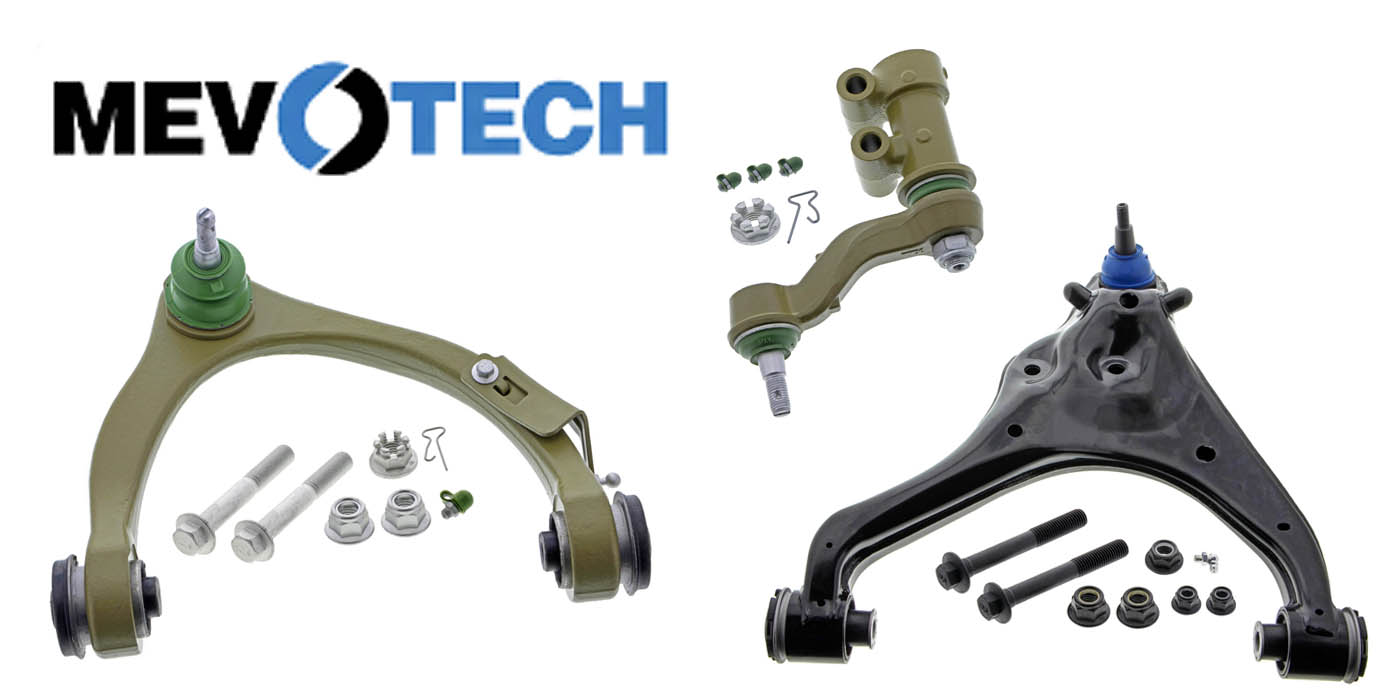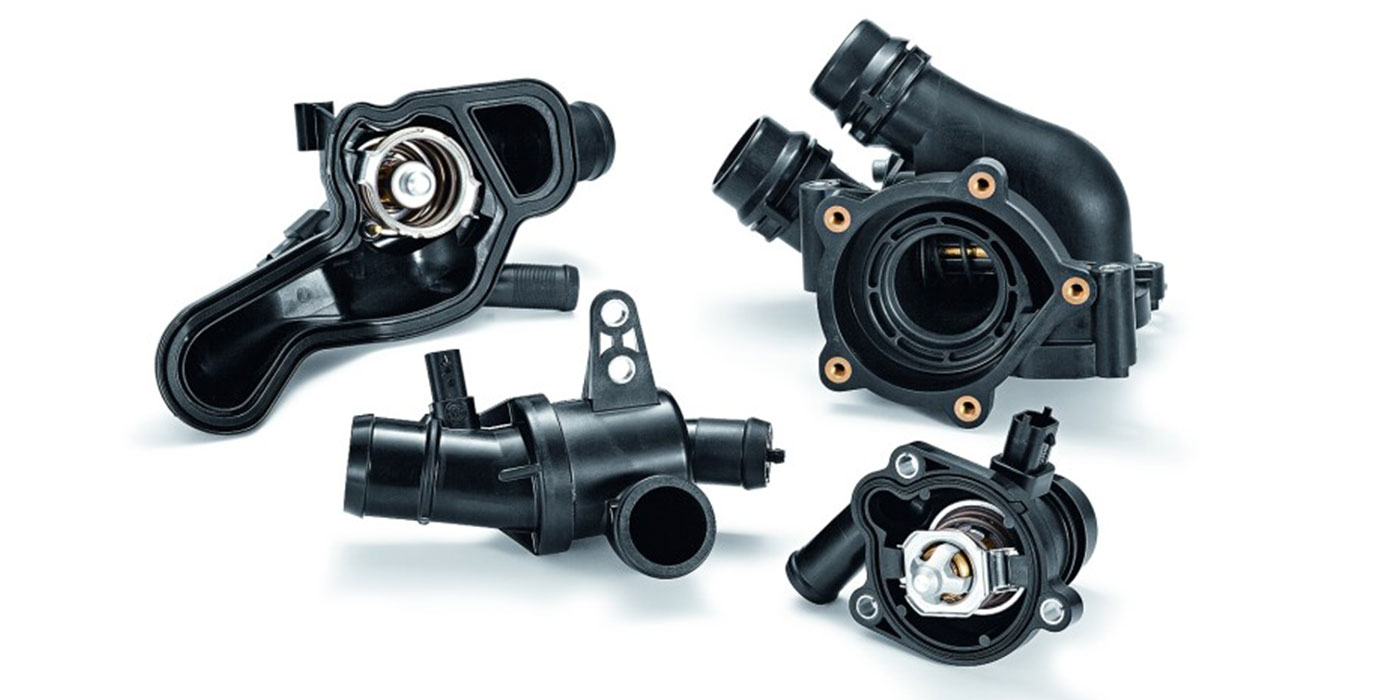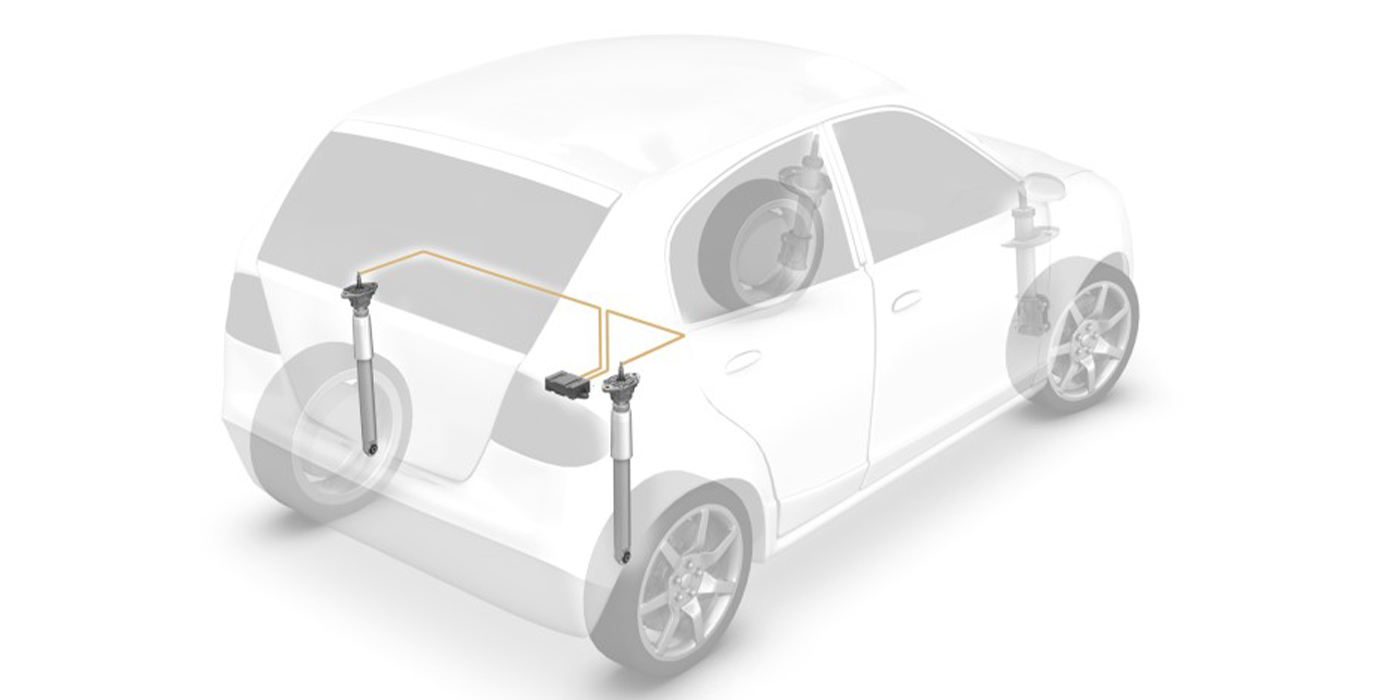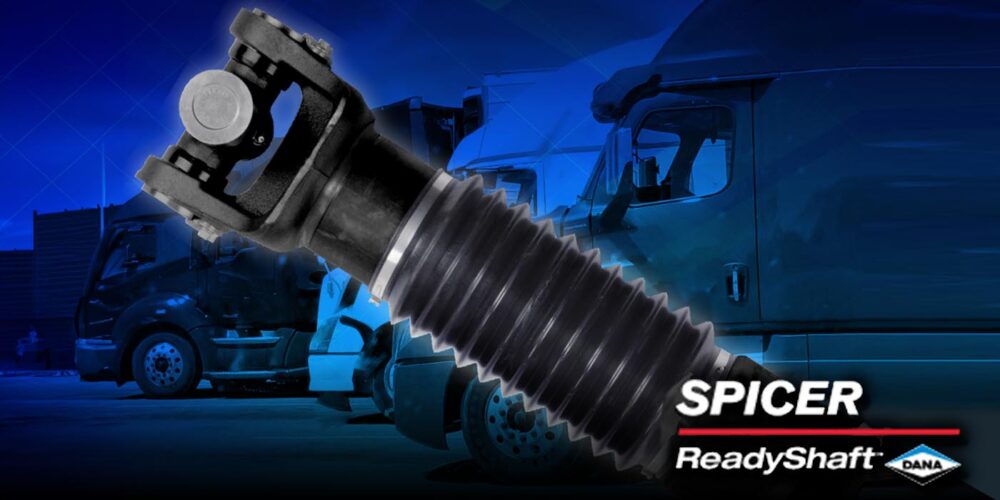WASHINGTON, D.C. – Carnegie Mellon University (CMU) has brought its autonomous vehicle to Washington, D.C., to enable Congress to experience the technology up close and personal.
Following a successful demonstration of the Carnegie Mellon vehicle in September, which transported Bill Shuster, chairman of the House Transportation and Infrastructure Committee, 33 miles to Pittsburgh International Airport, CMU will now provide up to 40 members of Congress the opportunity to ride the vehicle around Washington.
"In the near future, the driverless car will have far-reaching impact on American society, making travel safer, more efficient and more versatile," said Carnegie Mellon President Subra Suresh. "We are grateful to Rep. Bill Shuster for his enthusiastic support of this research and his leadership in Congress. His work on the Transportation and Infrastructure Committee, along with that of his colleagues who work to support federal research, will ensure that the traveling public can look forward to a future with far fewer accidents, as well as a robust U.S. transportation economy."
The Carnegie Mellon car looks like any other Cadillac SRX you can buy today, but, with sensors, cameras and computers built into the vehicle, it is the product of decades of research at CMU, from basic research funded by the National Science Foundation (NSF), to more applied research funded by the Defense Advanced Research Projects Agency (DARPA), the U.S. Department of Transportation’s University Transportation Centers program, General Motors and private foundations.
Scheduled over two days, the demonstration will show how autonomous technology will eventually be fully integrated into vehicles that are currently on the market. Carnegie Mellon says it is working with industry and government partners to develop these vehicles in a manner that ensures safety, practicality, affordability and ultimately, public adoption and acceptance.
"This technology represents the natural progression of automation and will have a major positive impact on society since transportation is a hub of modern economies," noted Raj Rajkumar, co-director of the General Motors-Carnegie Mellon Autonomous Driving Collaborative Research Lab <http://varma.ece.cmu.edu/GM-CMU-AD-CRL>. Rajkumar’s team, made up of CMU research faculty and doctoral students, serves as the brainpower behind the project.
Carnegie Mellon is the birthplace of autonomous driving technology. With support from federal programs, research and development began at the university in the mid-1980s. Three years ago, in partnership with the University of Pennsylvania, CMU also was awarded research funding by the U.S. Department of Transportation to create a National USDOT University Transportation Center on Safety.
The NSF also has provided early critical and long-term funding. That support continues today through NSF’s Cyber-Physical Systems Program, which seeks to transform fundamental research into working prototypes.
"This technology has been enabled by remarkable advances in the seamless blend of computation, networking and control into physical objects — a field known as cyber-physical systems," said Cora Marrett, deputy director of the NSF. "The NSF has long supported fundamental research that has built a strong foundation to enable cyber-physical systems to become a reality, like Dr. Raj Rajkumar’s autonomous vehicle."
Carnegie Mellon, one of the nation’s premier research universities, also has had a long-standing partnership with General Motors in advancing the safety, affordability and usability of autonomous vehicles. As these technologies are incorporated into new vehicle design, they are predicted to save tens of thousands of lives in the U.S. each year.
"GM has been working jointly with CMU for several years to develop technologies that could one day show up on future production vehicles," said John Capp, director of Electronics & Control Systems Research of GM. "Through joint research projects, we’re able to benefit from the capability they’ve demonstrated in their vehicle. They also benefit from practical insights from our GM researchers."
Carnegie Mellon’s research also has implications far beyond highway transportation. Public transit, parking, mobility for persons with disabilities, freight movement, roadway design, land use, financing and policy are just a few areas that will be impacted by its research in the years to come.
"When you think of Carnegie Mellon, you think of world-class engineering, computer science and practical problem solving. With Congress’s support for continued federal research and innovative public-private academic partnerships such as this, we can help make the daily commute safer and better," said James H. Garrett Jr., dean of Carnegie Mellon’s College of Engineering.
Dana Expands Spicer ReadyShaft Assembly Coverage
The addition of more than 3,000 new part numbers brings Dana’s ReadyShaft program
to over 13,000 active SKUs.
Dana Incorporated announced the expansion of its line of SpicerReadyShaft driveshafts with the addition of over 3,000 new part numbers. With these new numbers, Dana now offers over 13,000 active SKUs for its ReadyShaft program, the company said.
Featuring a smart part numbering system, the Spicer ReadyShaft program is "an innovative solution for the next-day shipping of complete driveshaft assemblies," according to the latest press information.
Litens Aftermarket North America Elevates Sustainability Efforts
Litens said it is dedicated to achieving carbon neutrality by 2030.
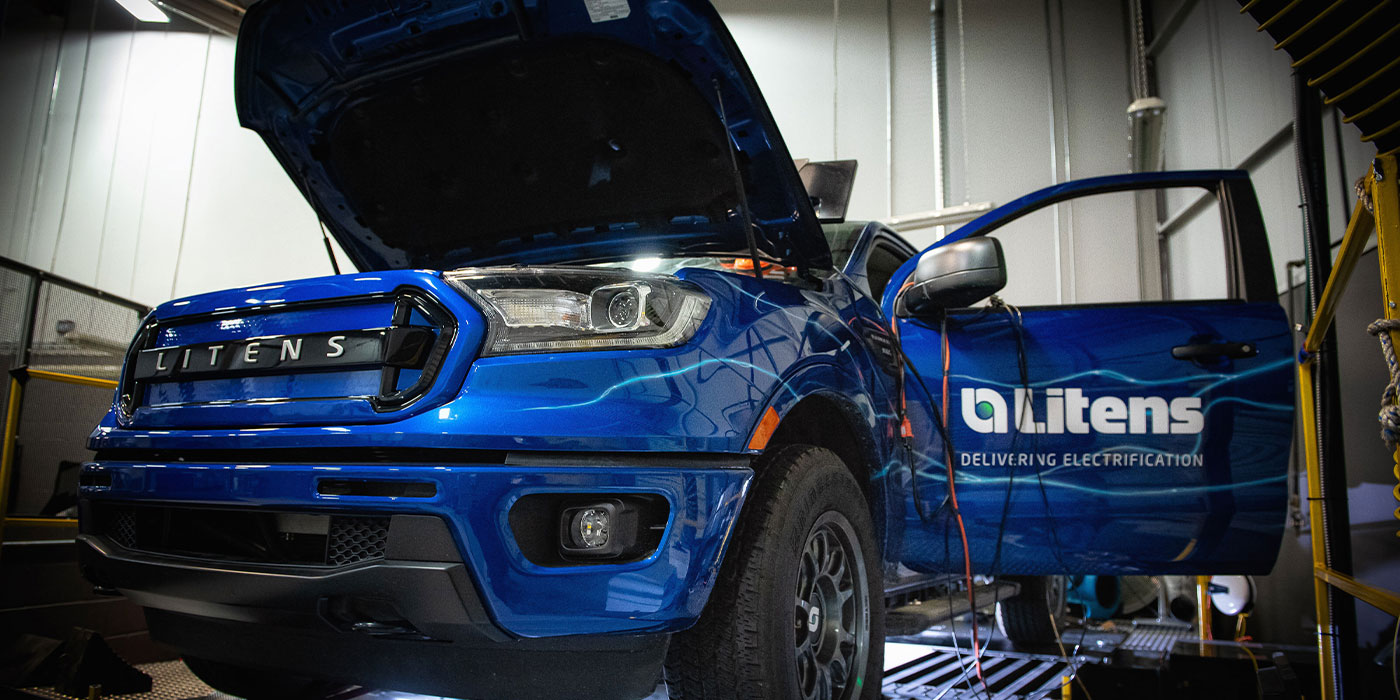
HELLA Introduces HELLA BLADE LED 6” Series Auxiliary Lights
The HELLA BLADE Series combines powerful illumination with innovative features for the ultimate driving experience, the company said.
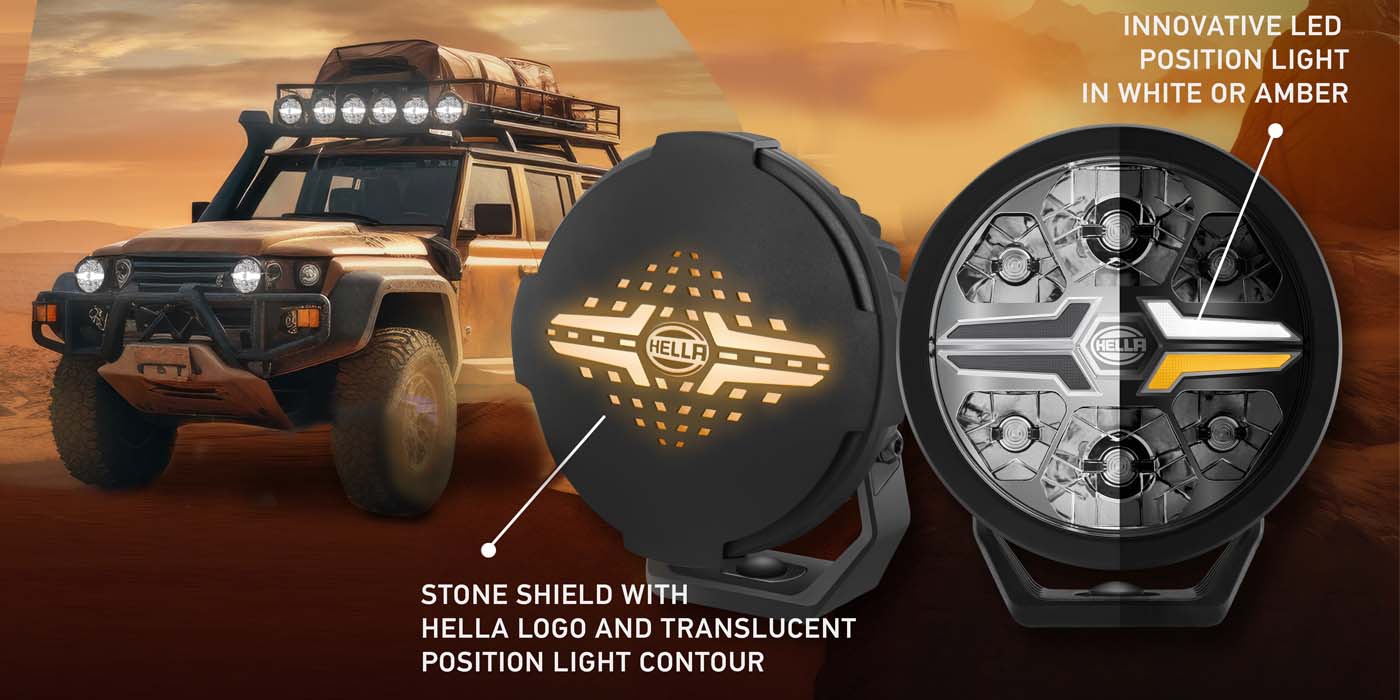
Transtar Announces Agreement for Axalta to Acquire The CoverFlexx Group
Axalta Coating Systems has signed a definitive agreement to acquire Transtar Holding Company’s subsidiary The CoverFlexx Group.
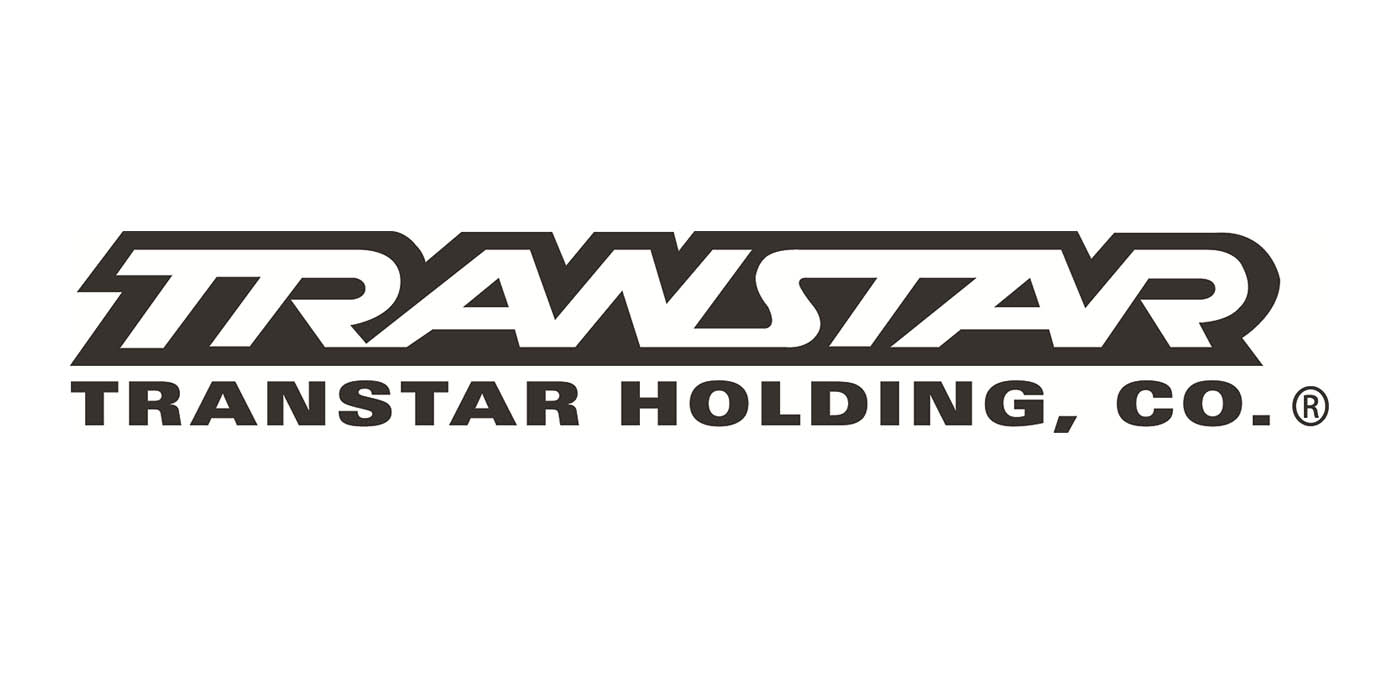
Bendix: Air Disc Brake Production has Doubled Since 2018
Commercial ADB adoption rates in Class 6-8 vehicles are now up over 50%, according to Bendix.

Other Posts
MPA: ‘We’re as Strong as Ever’
Chairman, President and CEO Selwyn Joffe discusses what he’d like the aftermarket to know about Motorcar Parts of America.
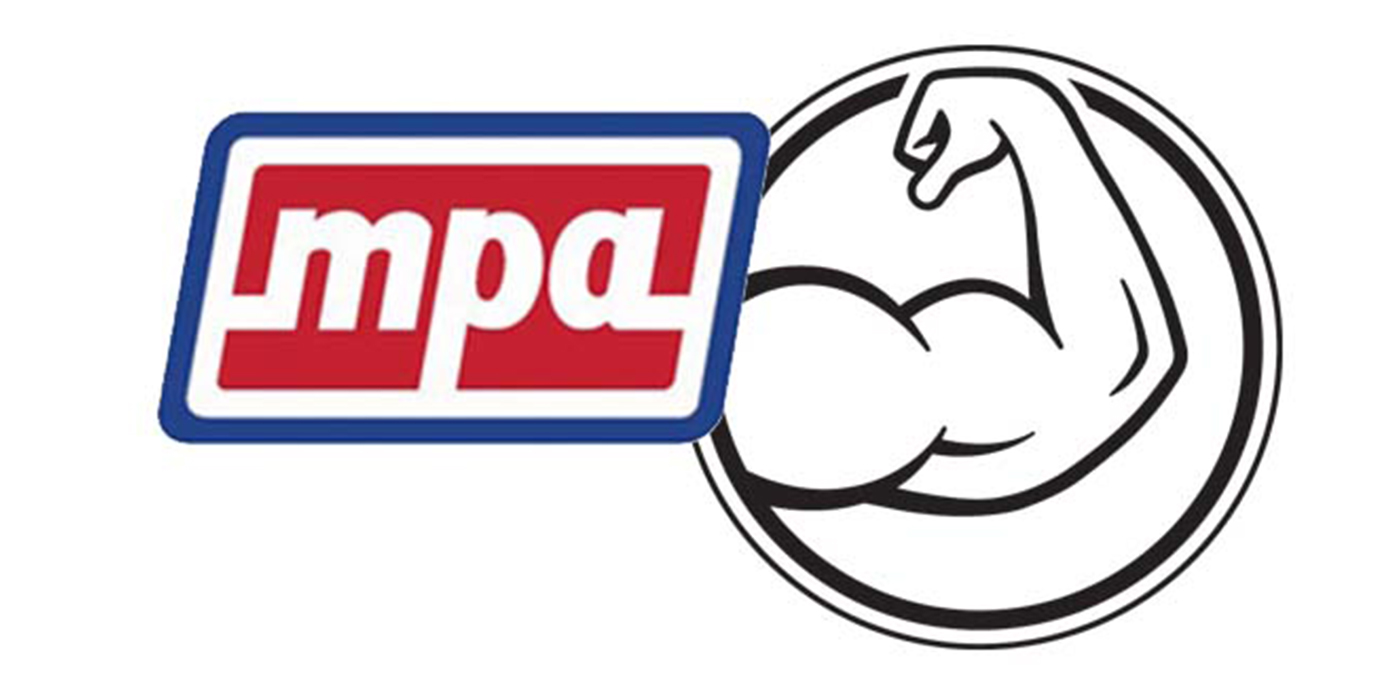
Dayton Parts Offers New Aftermarket Products
A new DPF differential pressure sensor, engine oil dipsticks and fuel injector wiring harnesses designed to match OEM spec.

Hunter Engineering Releases Alignment Coverage for Hundreds of Vehicles
The release covers brand-new records – those not yet in existence at the time of the previous release – as well as updates to existing records, covering OEM changes to existing vehicles, the company said.

FCS Introduces 42 New Numbers in May
Complete strut assemblies, shock absorbers, shock absorber assembly kits and suspension struts for some of the most popular VIO applications are included in the release, FCS said.



